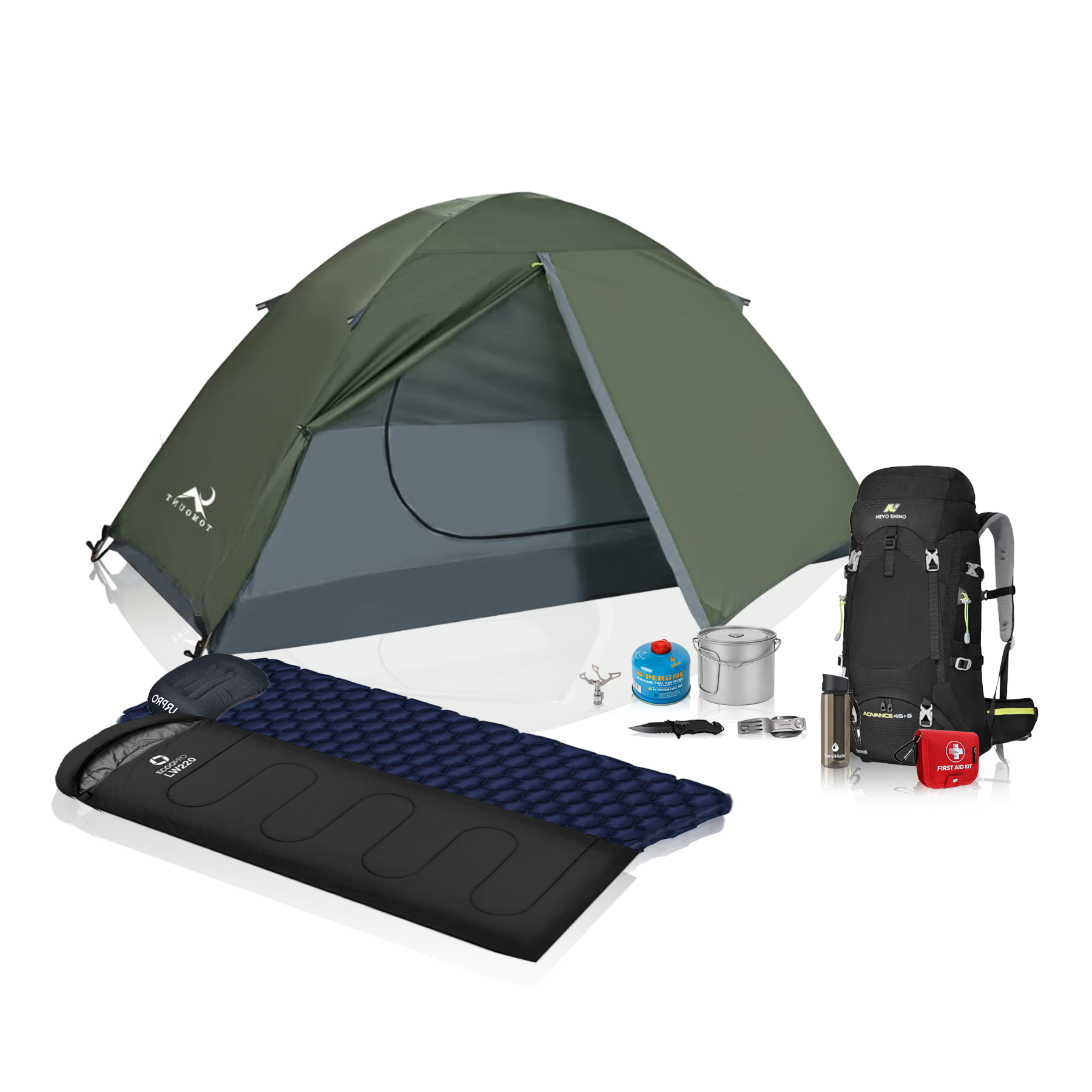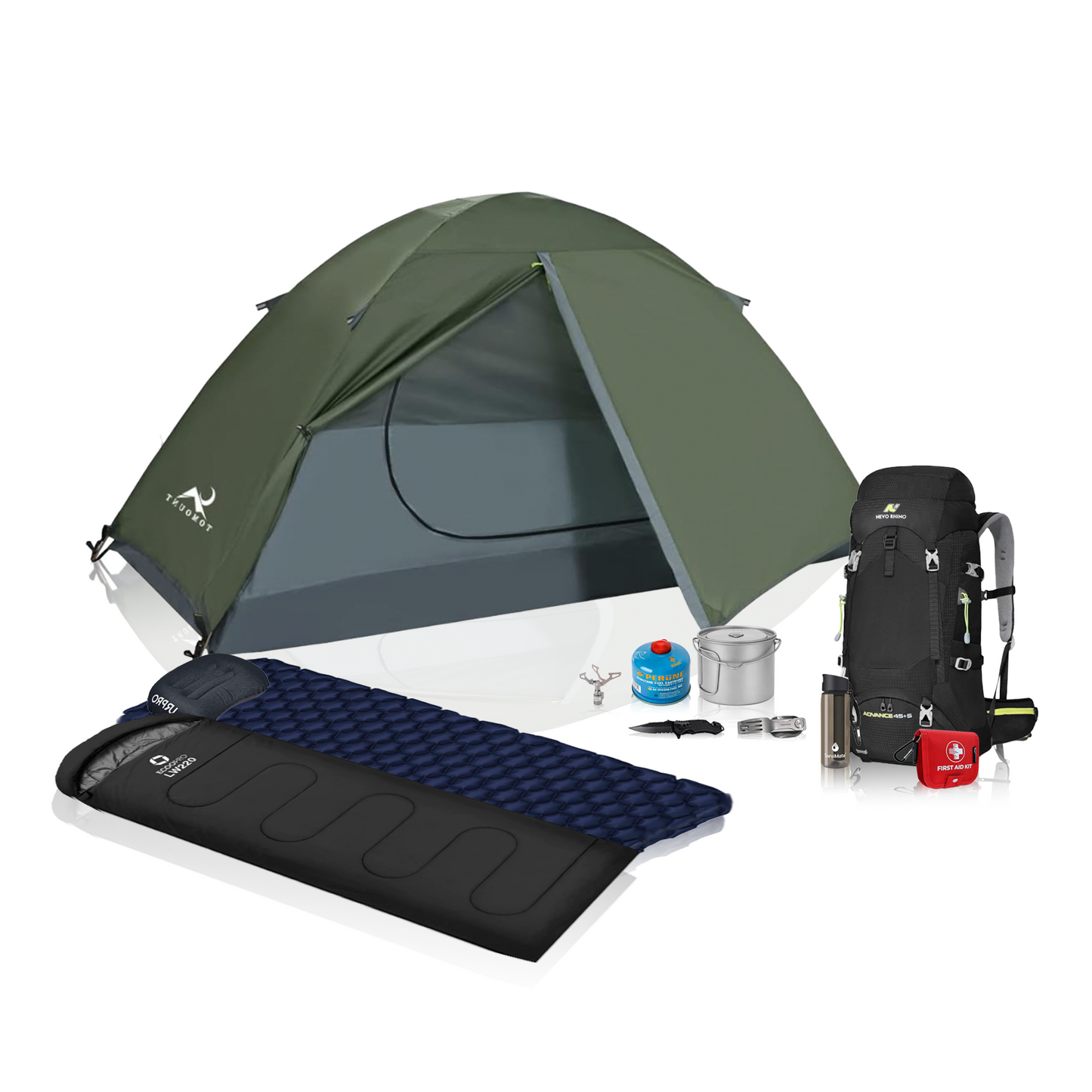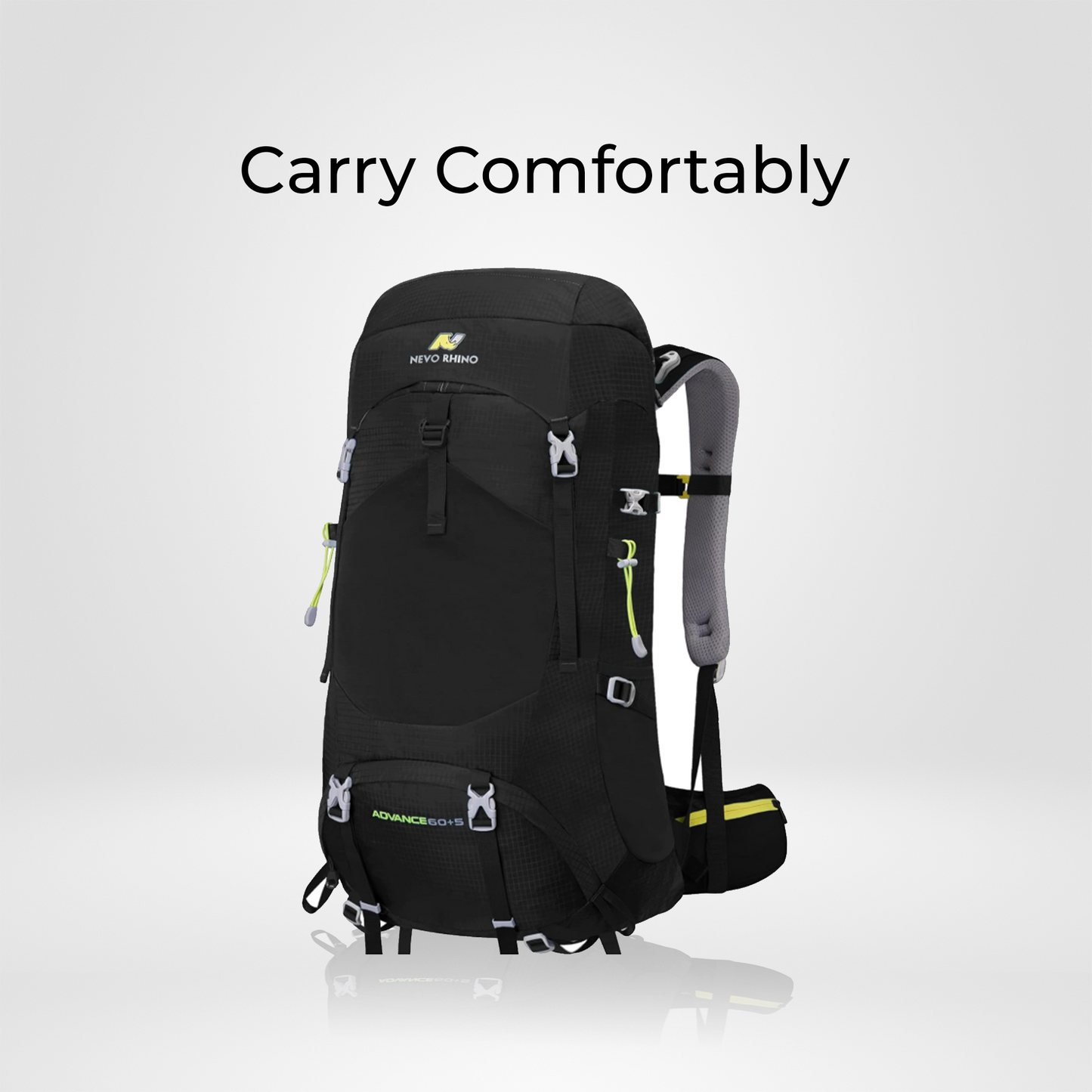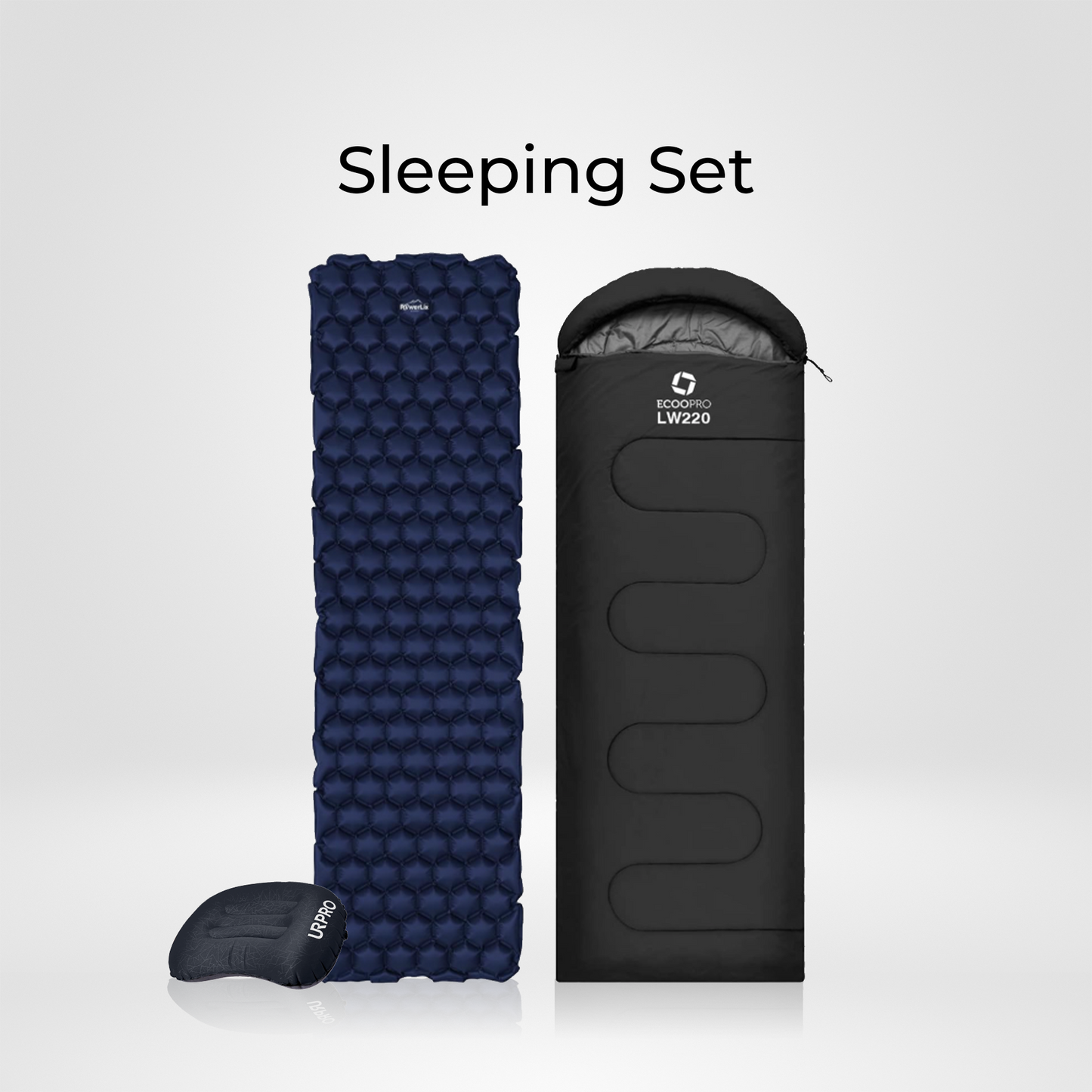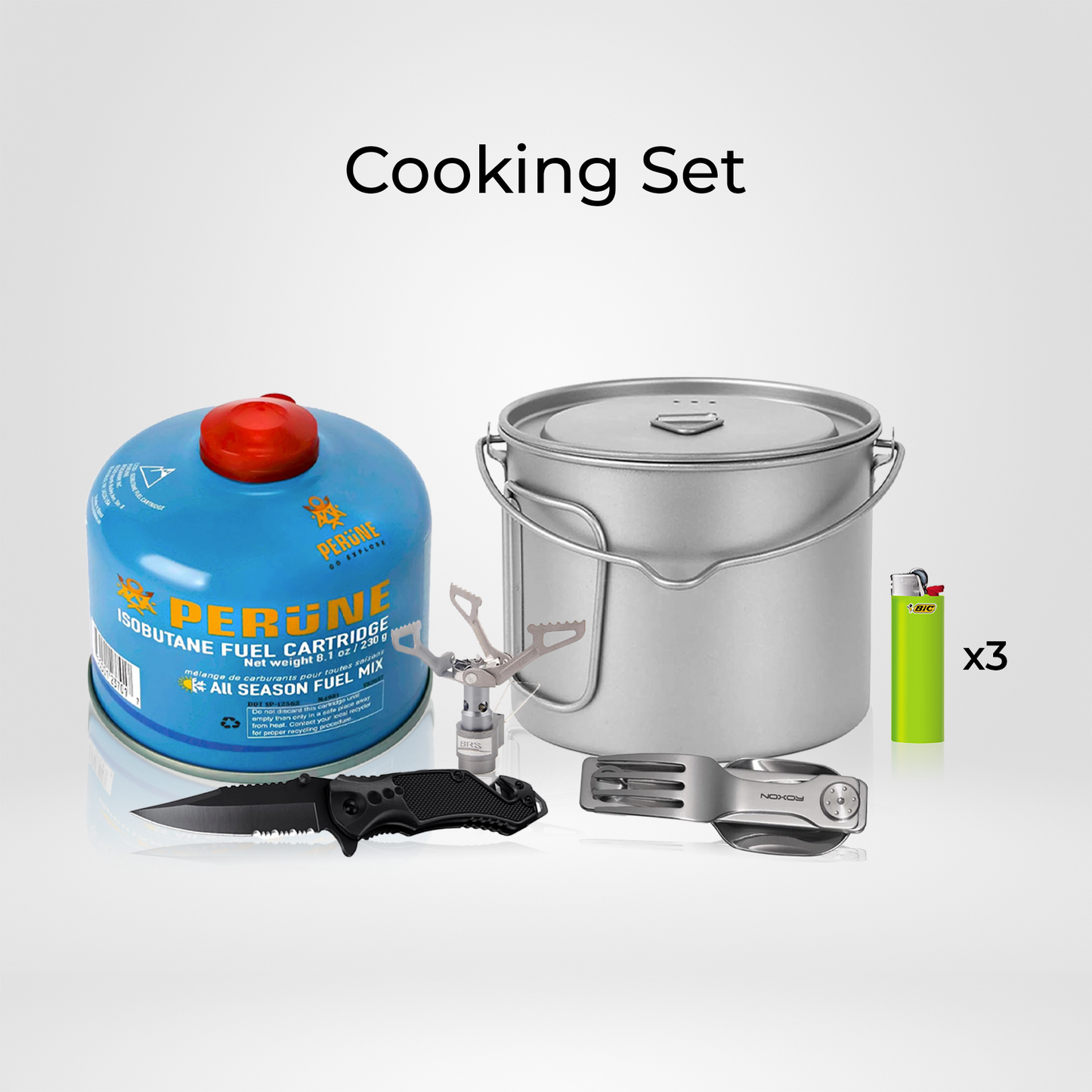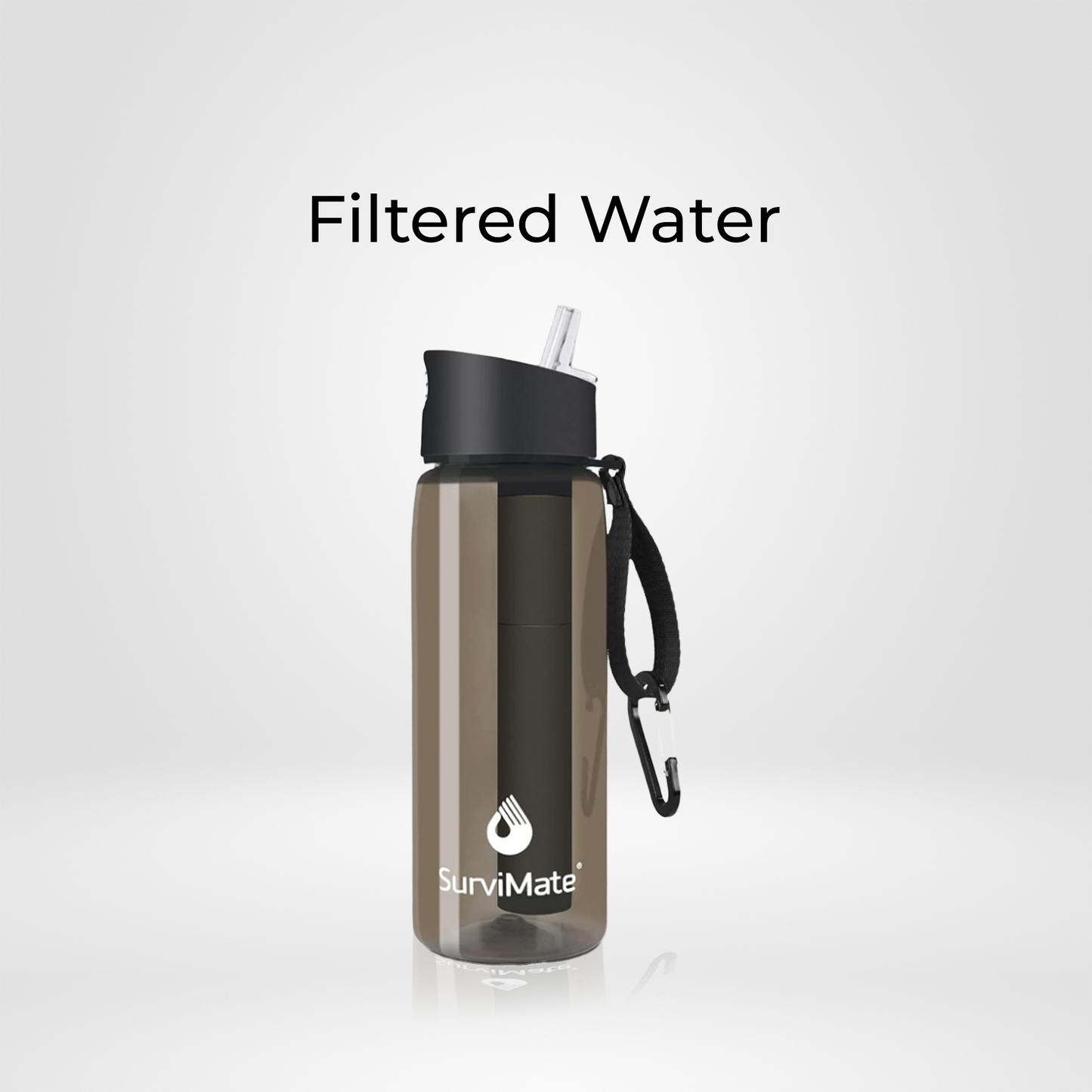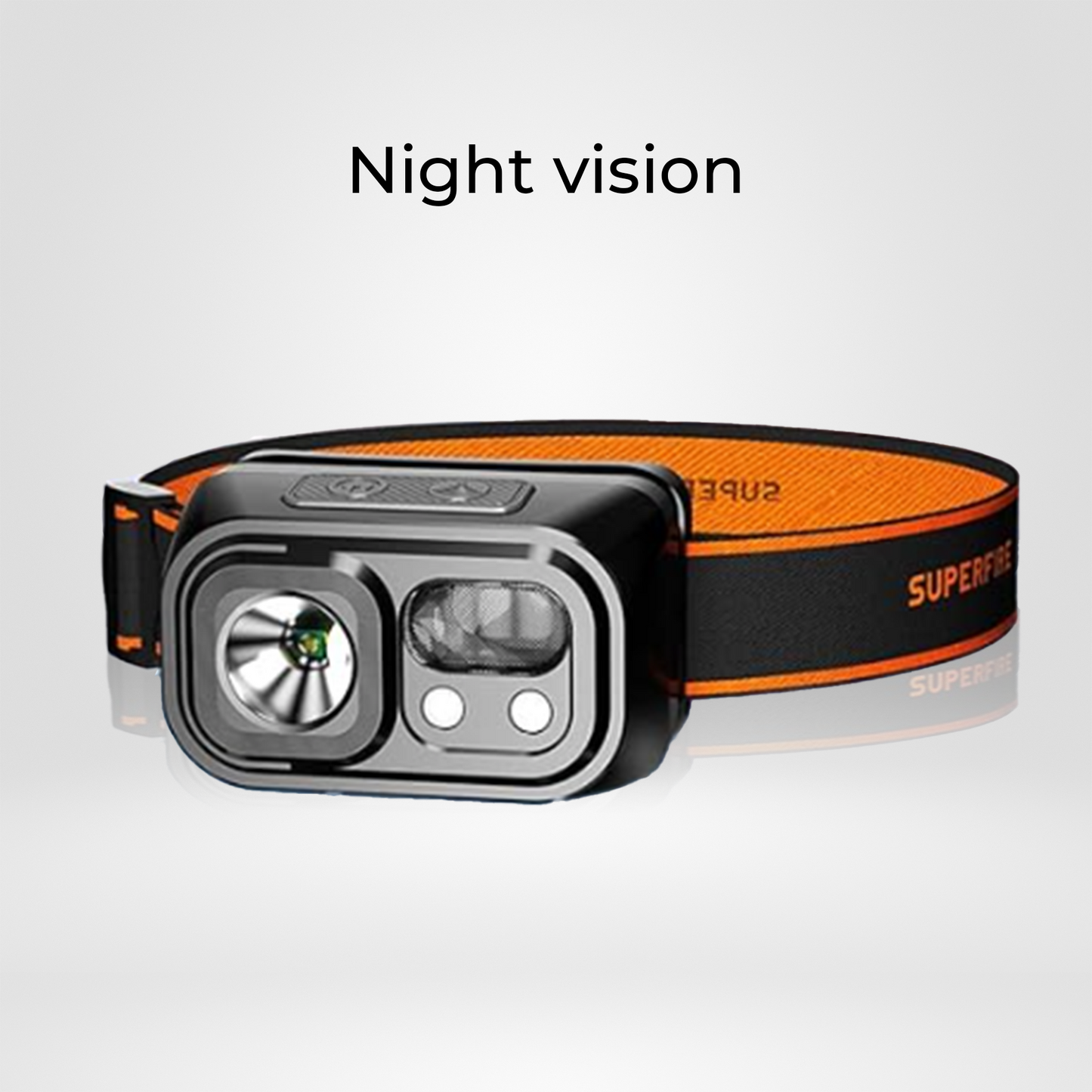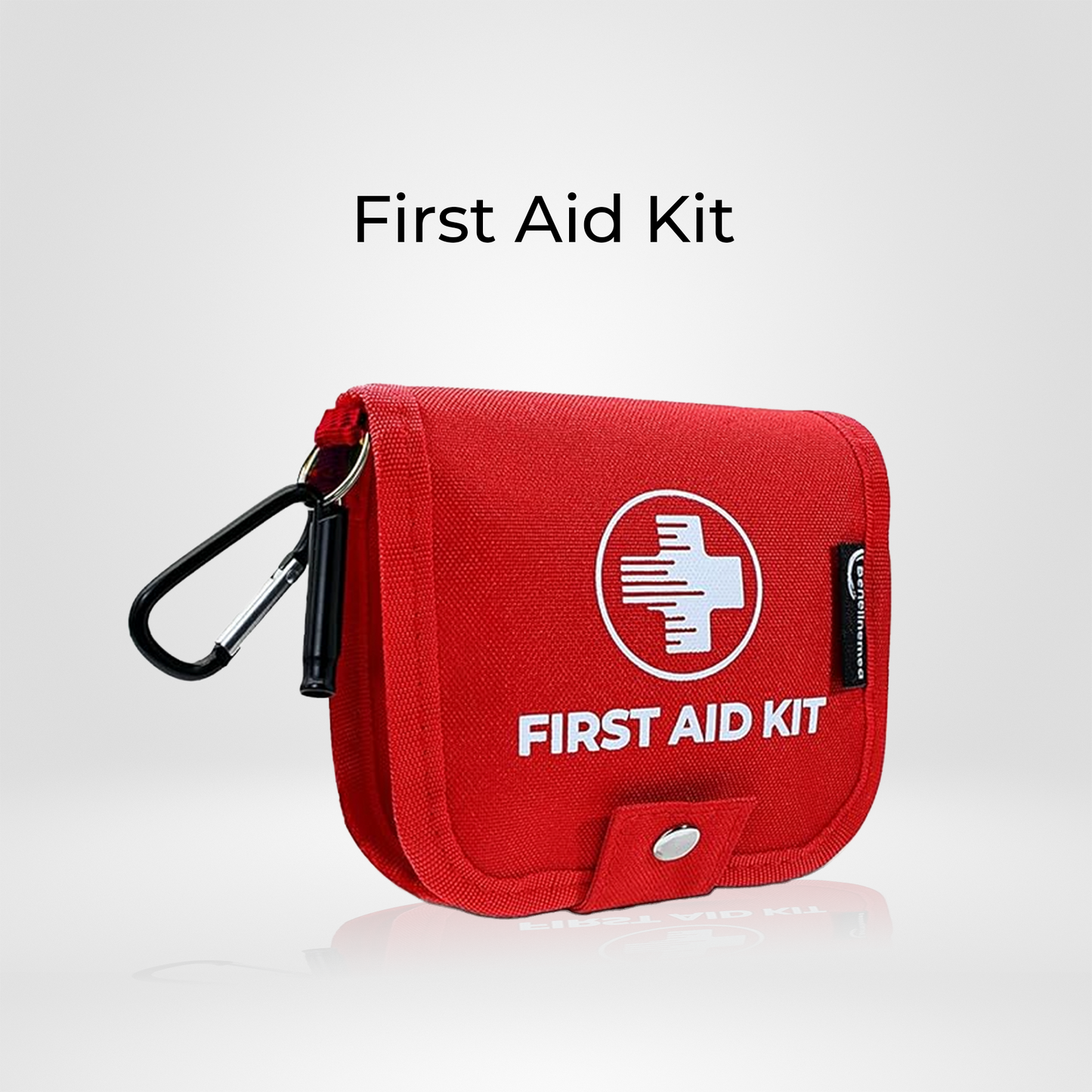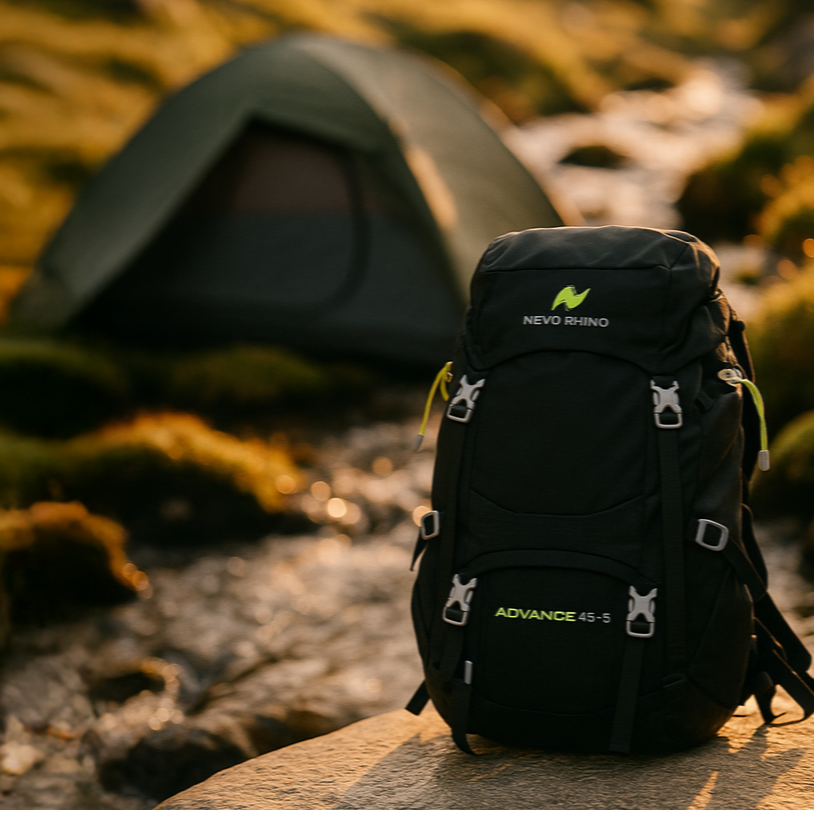
How to Choose Your First Campsite (Without Making a Rookie Mistake)
Share
Finding the right campsite can make or break your first camping experience. Choose poorly, and you might end up cold, wet, sleepless — or worse, swarmed by bugs and overwhelmed before you even pitch your tent. But choose well, and your first night outside can be simple, safe, and even fun.
I’ve spent years living in the wild and guiding first-timers. In this post, I’ll show you exactly how to choose your first campsite — whether you’re car camping at a state park or venturing onto your first backpacking trip.
Step 1: Start with a Designated Campground
If this is your first time camping, don’t overcomplicate it.
Forget remote wilderness. Forget dispersed camping. Start with a designated campground - preferably one that’s:
- Close to home (1–2 hours away)
- Drive-up or “car camping” accessible
- Managed by a state park, national forest, or local recreation area
Look for keywords like:
- Beginner-friendly
- Tent pads
- Fire rings
- Toilets nearby
- Running water
Step 2: Location Matters — Here's What to Look For
Once you’ve picked a general campground, you still need to choose a good individual campsite. Here’s what to consider:
✅ Good Things to Look For:
- Flat, level ground - makes sleeping easier and your tent more stable
- Natural windbreak - trees, bushes, or rocks to block wind
- Not in a valley or ditch - to avoid water pooling if it rains
- Shade during hot months - but not fully under dead trees (“can fall unexpectedly”)
- Distance from noisy neighbors - aim for a site slightly off the main loop
❌ Avoid:
- Sloped or uneven ground
- Rocky, root-filled soil
- Campsites too close to bathrooms (noisy, bright lights)
- Low points in terrain (prone to flooding)
Bonus Considerations (That Make a Big Difference)
- Water access: Being near a water source is great, but don’t camp too close - 200 feet is the minimum in most areas.
- Firewood rules: Many parks restrict firewood collection. Check if wood is provided or needs to be brought.
- Bugs: In warm months, avoid low, wet areas - they attract mosquitoes.
- View: Waking up to a lake or mountain can make the entire trip feel more magical.
Checklist: What Makes a Great First Campsite?
Level ground
Easy access by car or short walk
Safe distance from water
Shade (but no dead limbs)
Legal and allowed to camp
Not too close to bathrooms
Not in a flood zone
Room for tent + cooking area
Final Thought: Keep It Simple
The best first camping trips are low-stress and high-reward. Your goal isn’t to “conquer the outdoors” — it’s to get comfortable, feel capable, and maybe fall in love with sleeping under the stars.
Choosing the right campsite is your first real decision as a camper. Take your time, follow these steps, and you’ll set yourself up for a great night outside.
Ready to Camp Smarter, Not Harder?
Skip the trial-and-error phase. The 7h Step Starter Kit is designed specifically for beginners - with every essential you need, nothing you don’t, and gear that’s been tested in real campsites, by real campers.
✅ Lightweight
✅ Easy to use
✅ No guesswork
→ Get Your Starter Kit Now and make your first night outdoors the first of many.
Because the outdoors isn’t just for experts — it’s for anyone willing to take the first step.
